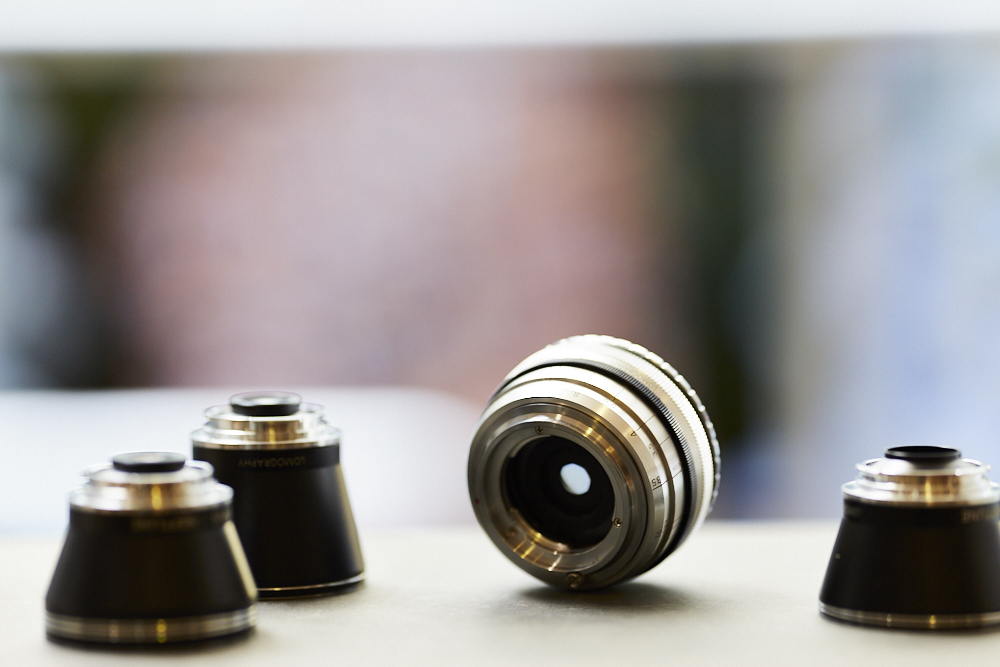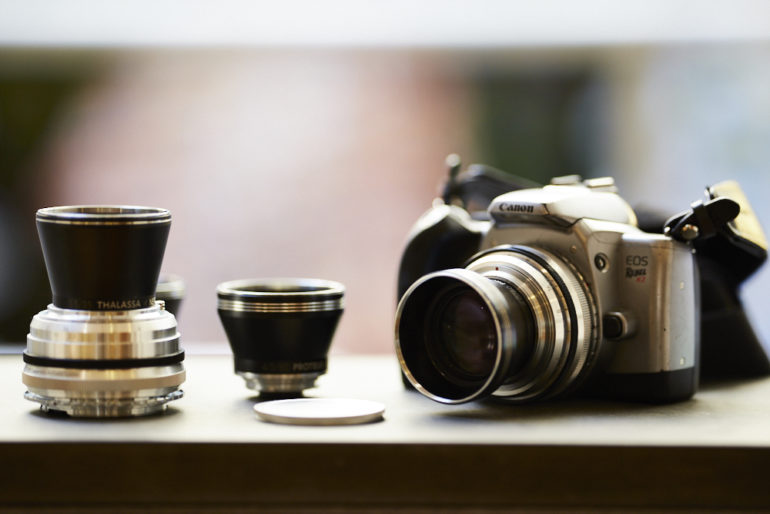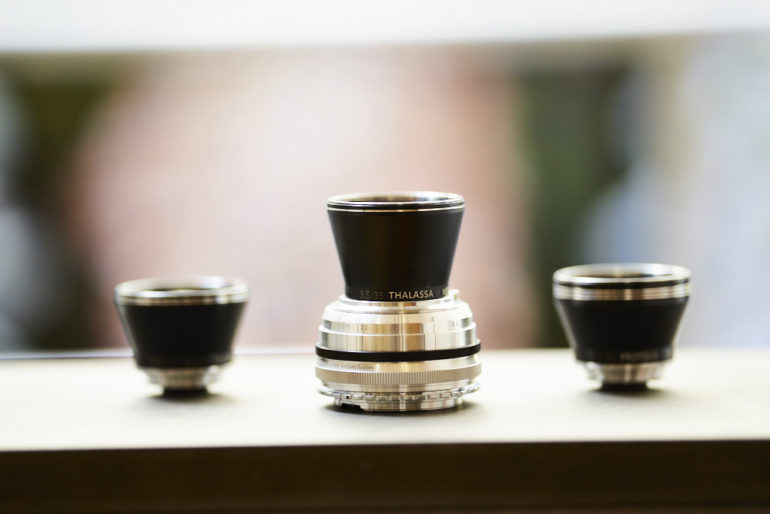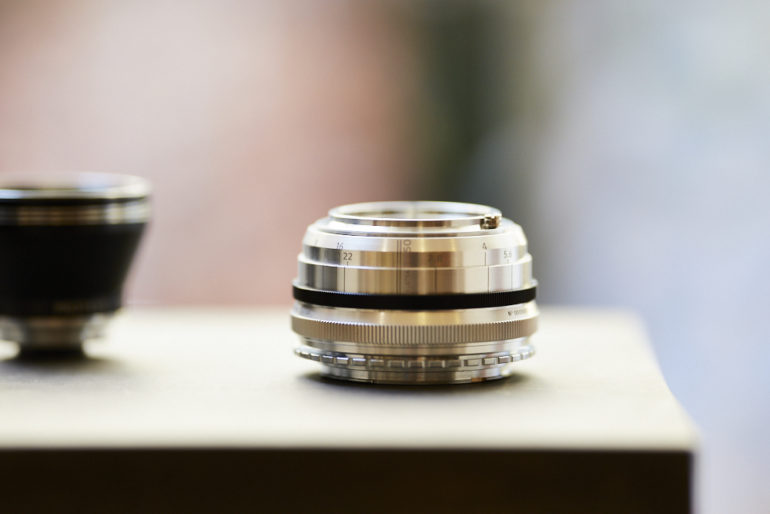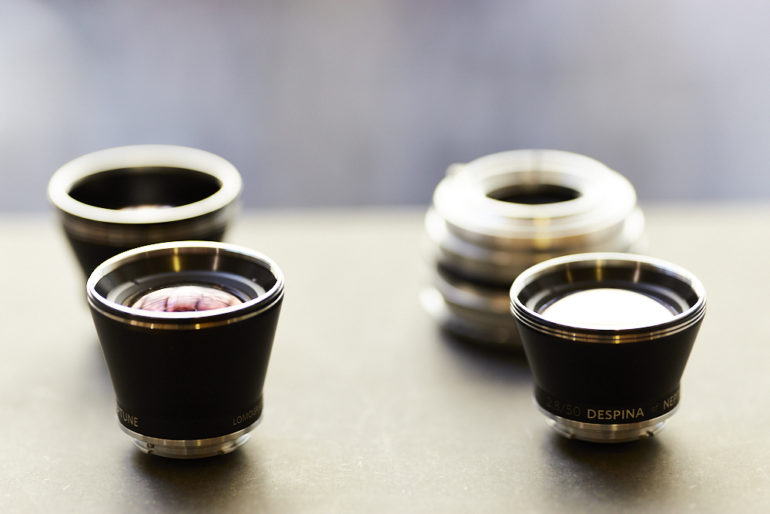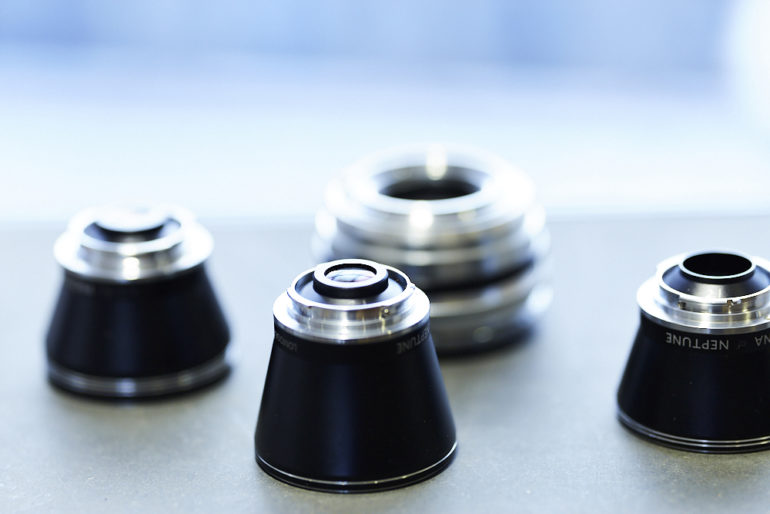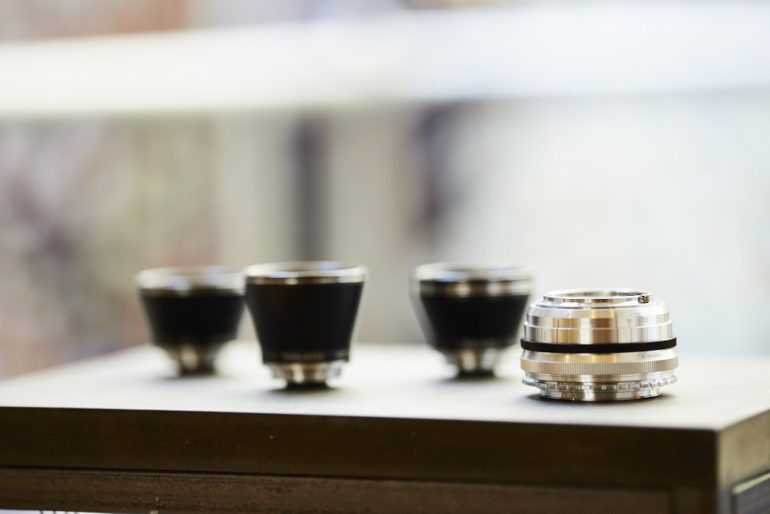Last Updated on 05/05/2017 by Chris Gampat
Today, Lomography is announcing a brand new series of unconventional lenses designed for Canon and Nikon DSLR cameras; they’re called the Lomography Neptune Convertible Art Lenses. They’re a curious and extremely different system based on an older camera and lens system–which is right in line with what Lomography tends to do. The Lomography Neptune Convertible Art lenses are a three element system which all start with a mounting system. The aperture and focusing are built into the lens base unit that attaches to your camera. Then from there, you attach another optic. The optics are switched out when you want a different field of view and can also work with special shaped apertures.
I had a moment to head over to the Lomography Gallery Store here in NYC and took a look.
Tech Specs
- ● Focal Length: 35mm, 50mm, 80mm, front element group convertible
- ● Aperture: dual aperture system
o Multi-scaled diaphragm aperture: 35mm: extended, f/3.5-f/22 – 50mm: f/2.8-f/22 – 80mm: extended, f/4-f/22.
o Drop-in aperture plates: special shapes TBC
- ● Image Circle: 44mm
- ● Field of View: 35mm: 46° – 50mm: 63° – 80mm: 30°
- ● Lens Mounting Profile: Canon EF or Nikon F
- ● Closest Focusing Distance: 35mm: 0.25m – 50mm: 0.38m – 80mm: TBC
- ● Lens Construction:
o Rear element: 3 elements in 3 groups
o Front lens elements: 4 elements in 4 groups for each focal length ● Filter Thread: 52mm
- ● Lens Coating: Multi-coated
- ● Electronic Contacts: No
- ● Focusing Mechanism: Helicoid
Ergonomics
The Lomography Neptune Convertible Art Series lenses are a gorgeous looking system. Each piece oozes with old school Soviet design of some sort.
There are three focal length optics. They are:
- Proteus 80mm f4
- Despina 50mm f2.8
- Thalassa 35mm f3.5
Each of them mount onto the main lens base. They mount on in a similar way to a lens with a DSLR: you fiddle with a button and then they can be unscrewed. There’s also a dot system that lines everything up.
By themselves, the optic system won’t actually work. These are simply just the focal lengths. Each of them have different silver rings on them to differentiate which one is which.
Then there is the optical lens base. You can control the aperture and focusing from here. The aperture is smooth and clearly labelled. Additionally there are markings and a very smooth focus. Yup, no need to zone focus really! In fact, even though I was dealing with prototypes, these didn’t seem simple to zone focus with.
Build Quality
With the exception of perhaps the Petzval lens system, the Lomography Neptune Convertible Art Series lenses have to be the best built system I’ve seen and held from Lomography. The entire thing is metal and glass–and each piece is solidly built. Despite spending less than an hour with the system initially, I’m confident in saying that they’re better built than most lenses out there. However, they’re not weather sealed; so keep that in mind.
Ease of Use
When the idea was first pitched to me; I found it tough to wrap my head around. Then it was explained to me again. So here goes:
- There’s a lens base with focusing and aperture built in
- The base mounts to your Nikon or Canon DSLR
- Then you pair it with an optic/focal length
There are no electronics here and focusing is done like a normal manual focus lens. The same applies to aperture changes in regards to lenses that use an aperture ring. The lens cap for each lens is a screw on cap; and so each of them is made from metal and works really well.
Focusing
To focus each lens, you’ll need to mount the optic onto the lens base. Then you look through the viewfinder of your camera or the LCD screen set to Live View and you focus manually. The Lomography Neptune Convertible Art Series lenses focus pretty smoothly too.
Image Quality
Since I was working with prototype lenses, I wasn’t allowed to mount it to my Canon DSLR and shoot photos with them. Lomography has some sample photos with the Kickstarter that launches today though. They’re designed to have certain technical flaws and characters just like all Lomo products.
I’ll be working to call them in for independent review for a while.
First Impressions
So far, I’m really liking the idea behind the new Lomography Neptune Convertible Art Series lenses. They’re well built, seem very different from everything else out there, and also a pretty solid deal all around. But I’ll need to take a look at a final production unit to give my final analysis.
Check out the Kickstarter in the meantime.


